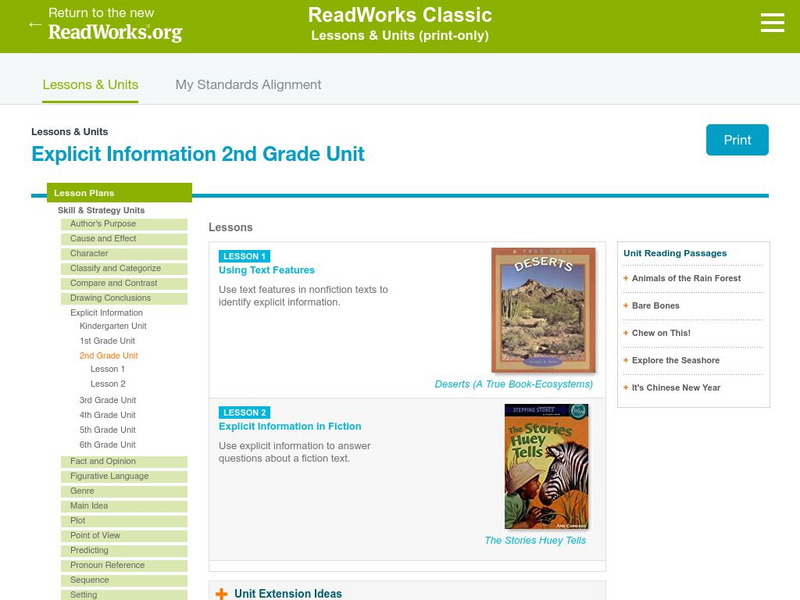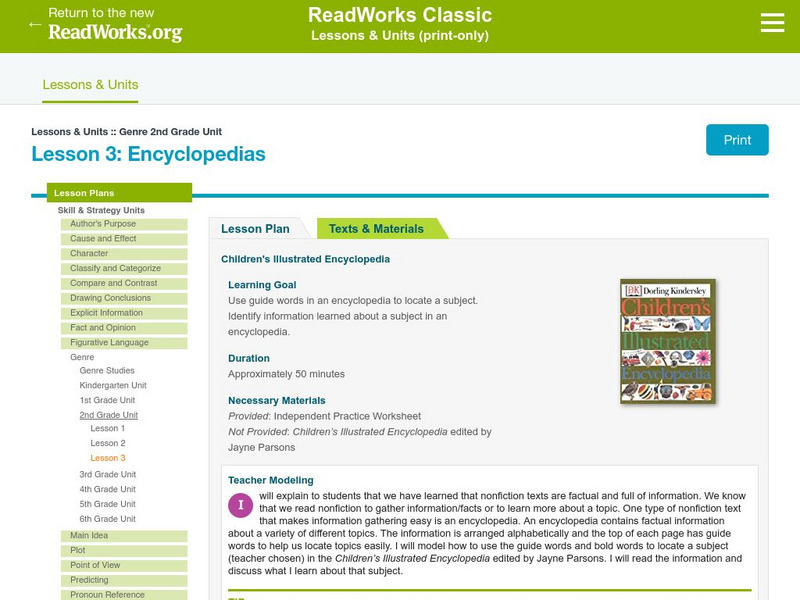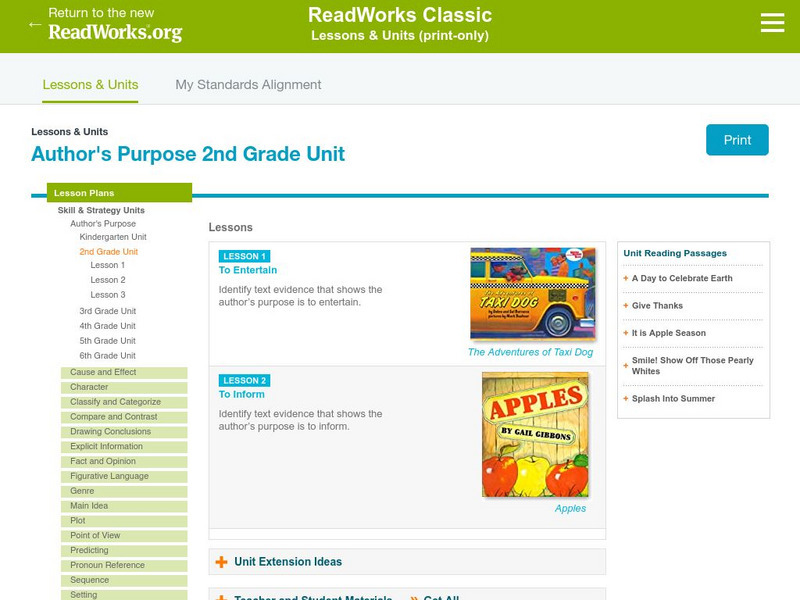Hi, what do you want to do?
Reading Rockets
Reading Rockets: Nonfiction
Provides advice for how to incorporate nonfiction into a reading program. Includes videos, links to downloadable 'adventure packs,' tip sheets for parent, a list of websites on nonfiction, and articles.
Scholastic
Scholastic: Lesson Plan for Nonfiction Comprehension: Skimming Text
Build comprehension by developing reading strategies for use with nonfiction text. This lesson focuses on teaching young scholars to recognize text elements as clues to help them quickly locate key information in text.
TESL Journal
The Internet Tesl Journal: Reading Nonfiction Texts Fast
Article lists a series of steps and tasks to make reading texts more efficient and clear. Written primarily for teachers of ESL students but tasks work for all students.
ReadWriteThink
Read Write Think: Shhh! Bear's Sleeping: Learning About Nonfiction and Fiction
Students explore the distinction between the fiction story Bear Snores On and the nonfiction book Every Autumn Comes the Bear.
Read Works
Read Works: Genre 1st Grade Unit: Identifying Information in Nonfiction
[Free Registration/Login Required] A lesson in which young scholars use the books Nature's Food Chains: What Polar Animals Eat by Joanne Mattern, Life Cycle of a Frog by Angela Royston, and Froggy Goes to School by Jonathan London to...
Read Works
Read Works: 2nd Grade Lesson: Compare/contrast Genres
[Free Registration/Login Required] A lesson in which students use fiction and nonfiction books from a classroom library to identify the similarities and differences between fiction and nonfiction and to create a Venn diagram...
Read Works
Read Works: 1st Grade Lesson: Purposes for Reading
[Free Registration/Login Required] A lesson in which students use the books Nature's Food Chains: What Polar Animals Eat by Joanne Mattern, Life Cycle of a Frog by Angela Royston, and Froggy Goes to School by Jonathan London to learn to...
ReadWriteThink
Read Write Think: Using Comprehension Strategies With Elie Wiesel's Night
Working in small groups, students read and discuss Elie Wiesel's memoir Night and then take turns assuming the "teacher" role, as the class works with four different comprehension strategies.RI.11-12.4 Word meaning, RI.11-12.10b Text...
ReadWriteThink
Read Write Think: Nonfiction Pyramid
A printable pyramid for use with nonfiction texts while students identify the main ideas and supporting details within a text. Students also determine author's purpose and key vocabulary words. Directions on how to use this type of...
Scholastic
Scholastic: Teaching With Nonfiction: Teach Text Features
A brief lesson plan, this site offers an example of non-fiction text and a graphic organizer to help orient students to the features they need to use when reading for information.
Scholastic
Scholastic Teaching Resources: Nonfiction Notepads [Pdf]
From Just-Right Reading Response Activity Sheets for Young Learners, this graphic organizer can be used when students read informational texts. As responses to nonfiction, students will write the following on each notepad response:...
Read Works
Read Works: Grade 2: Two Lesson Unit: Explicit Information
[Free Registration/Login Required] Designed to teach students to identify explicit information in nonfiction and fiction texts. Lessons are based on the books Deserts (A True Book-Ecosystems) by Darlene R. Stille and The Stories Huey...
Read Works
Read Works: Genre 2nd Grade Unit: Encyclopedias
[Free Registration/Login Required] A lesson in which students use the book Children's Illustrated Encyclopedia edited by Jayne Parsons to learn to locate information and find facts about a subject in an encyclopedia. Lesson includes...
Read Works
Read Works: Grade 2: Three Lesson Unit: Author's Purpose
[Free Registration/Login Required] A series of three lesson plans designed to teach students to identify author's purpose including to entertain, to inform, and to persuade. Lessons are based on the books The Adventures of Taxi Dog by...
Cengage Learning
National Geographic: Informational Text and Young Children [Pdf]
Research-based informative article on when, why and how to introduce and teach reading skills with informational texts to early-elementary students beginning as early as kindergarten.
CommonLit
Common Lit: Book Pairings
Teaching a book unit this year? It's a best practice to supplement book units with short passages from a variety of different genres. These 92 reading passages were handpicked by master teachers to supplement your book units. They...
NWT Literacy Council
Nwt Literacy Council: 'Raising Ourselves' by Velma Wallis (Study Guide) [Pdf]
The book 'Raising Ourselves' by Velma Wallis is a nonfiction look at what it means to grow up as a native person in Alaska. This is a study guide of the book, used for teaching literacy skills to adult learners, particularly aboriginal...
CommonLit
Common Lit: Units: 7th Grade Thematic Unit: Heroes
Complete teaching unit for 7th Grade Thematic Unit: "Heroes." In this unit, 7th graders will read seven texts that explore why people act heroically. Throughout this unit, students will revisit the essential question: "Why do people act...






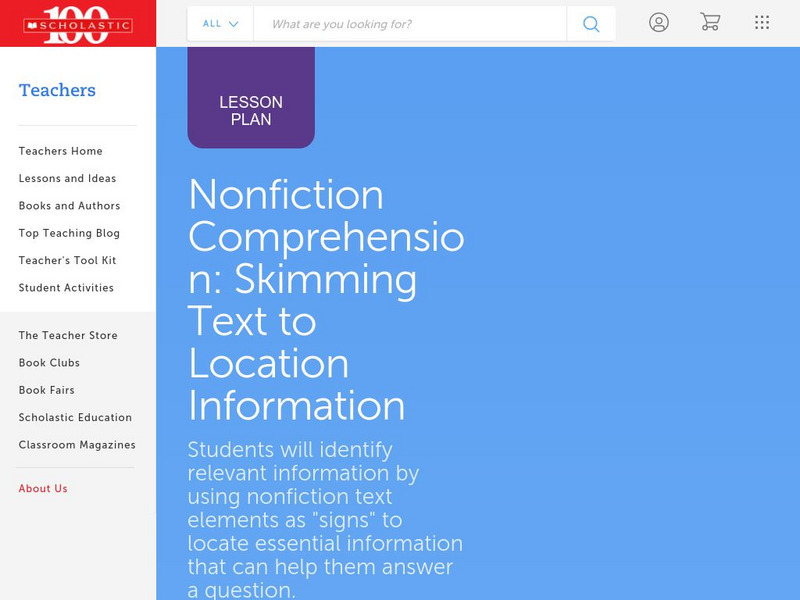
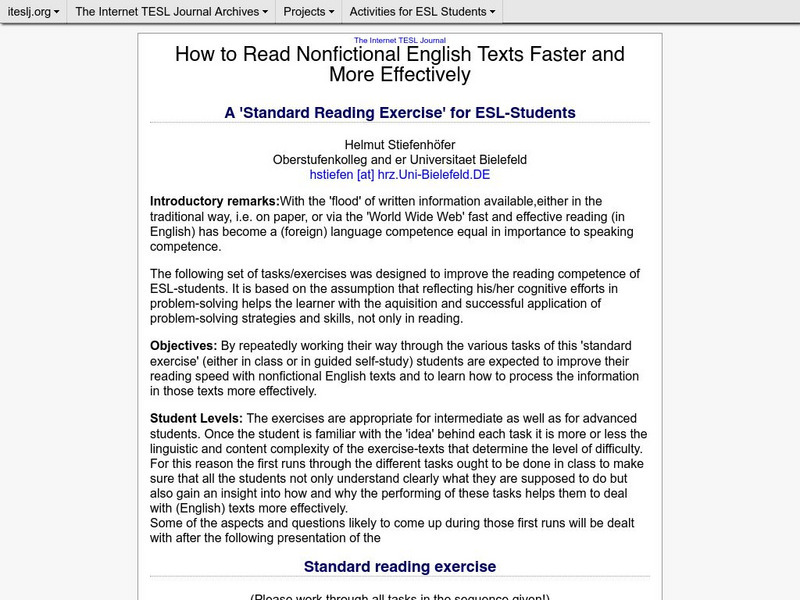
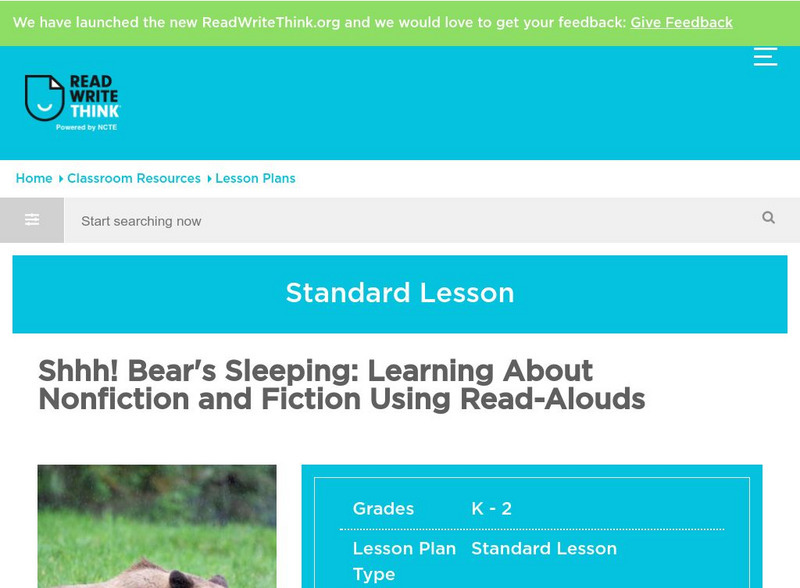
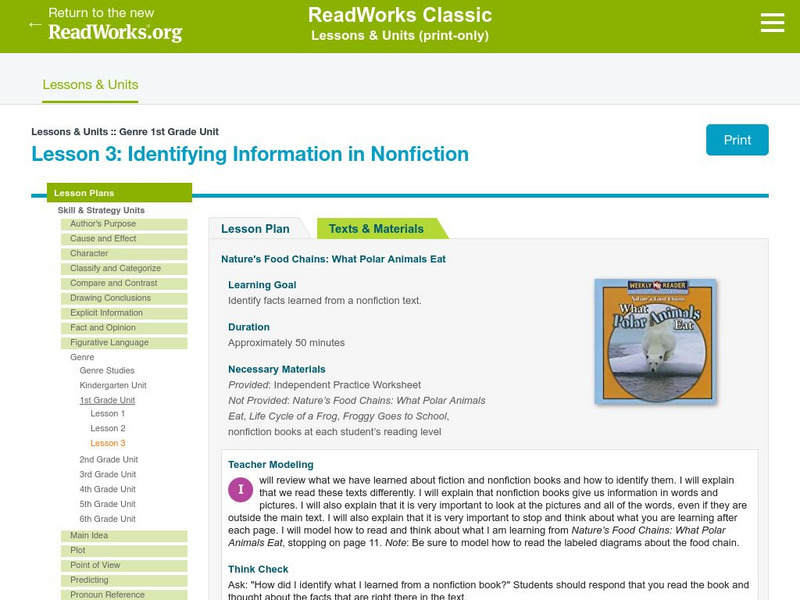
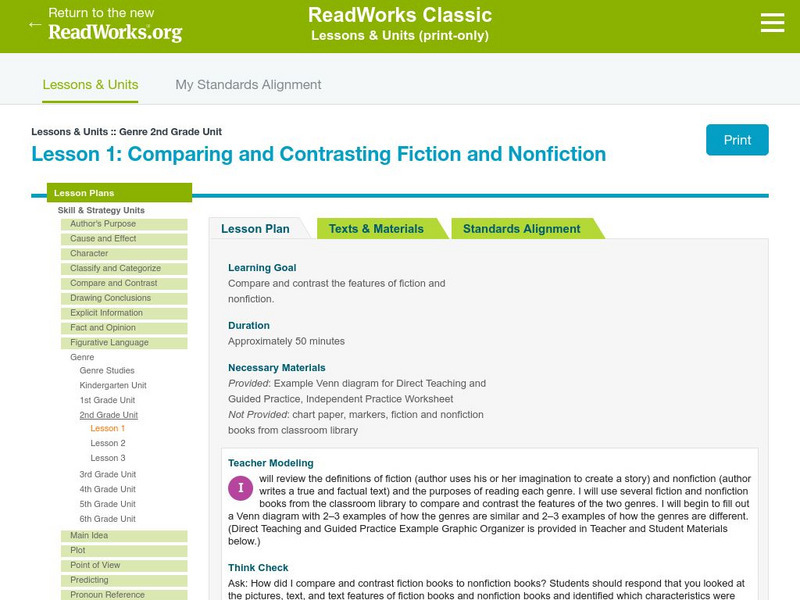




![Scholastic Teaching Resources: Nonfiction Notepads [Pdf] Graphic Scholastic Teaching Resources: Nonfiction Notepads [Pdf] Graphic](https://content.lessonplanet.com/knovation/original/360626-4d78344ceeaa140aeef2ac8672d73b35.jpg?1661510814)
